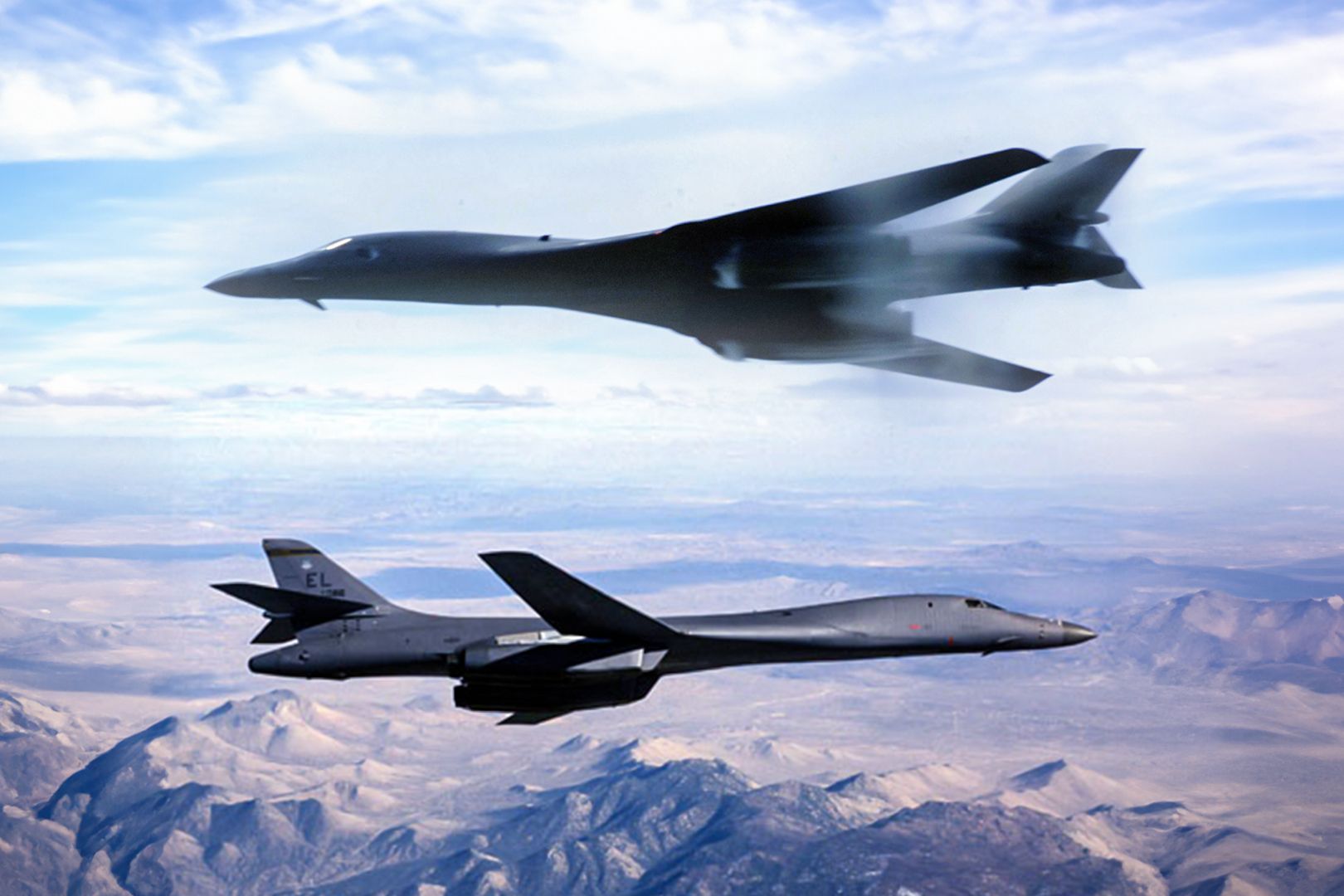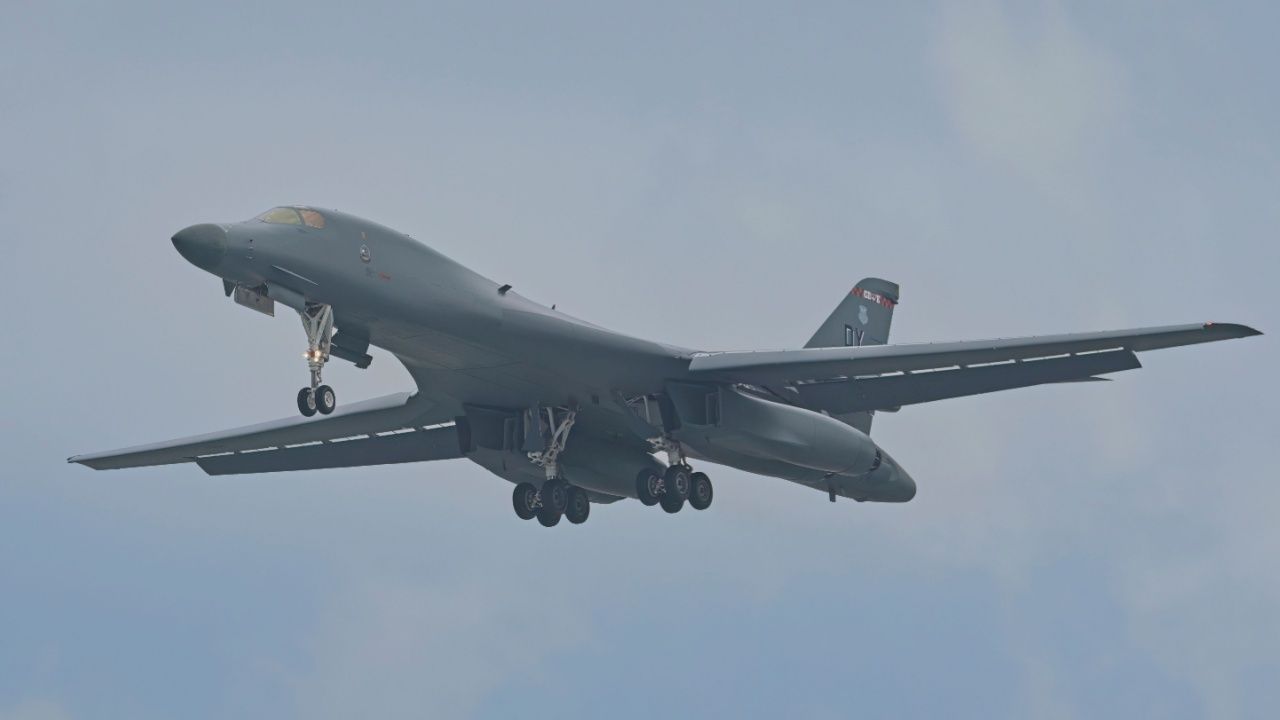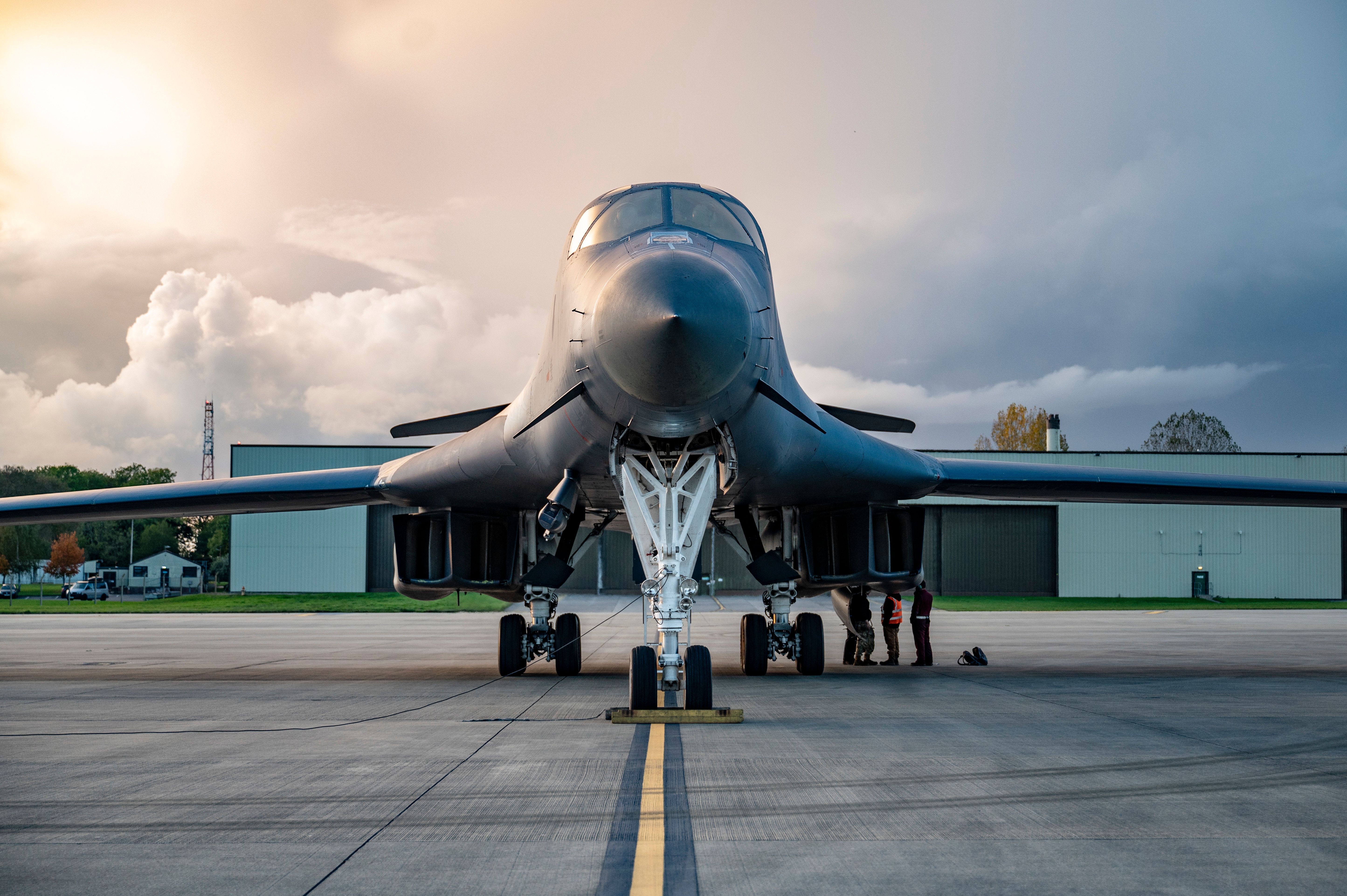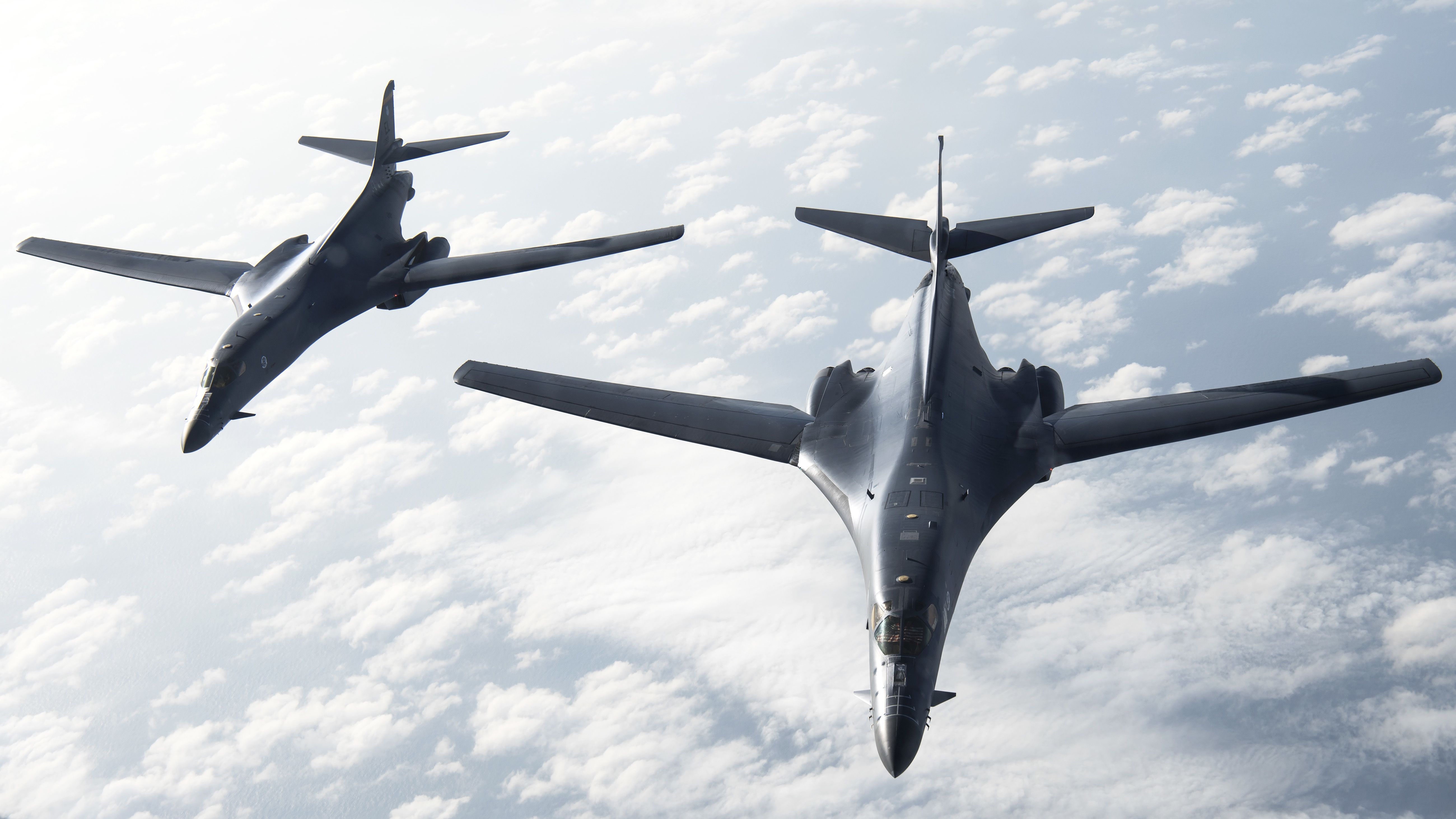Summary
- B-1 Lancers conducted live munitions drops in South Korea, enhancing US-ROK air force interoperability & lethality.
- The participation of two B-1 Lancers from the 37th Expeditionary Bomb Squadron corrected a previous report of only one aircraft.
- The B-1 Lancer carries the largest conventional payload of both guided and unguided weapons in the US Air Force.
For the first time in seven years, B-1 Lancers have conducted live munitions drops over South Korea during exercises with the South Koreans. Recently, North Korea has been floating hundreds of balloons filled with trash across the DMZ into South Korea. In response, the South Koreans have fully suspended a 2018 inter-Korean military agreement. The exercises come soon after South Korea deployed new fifth-generation F-35s in response to an upcoming North Korean spy satellite launch.
B-1 Lancers drop live fire JDAMs
According to the Air and Space Forces, the event was part of a one-day drill, and B-1 Lancers from the 37th Expeditionary Bomb Squadron participated in it alongside two South Korean (ROK) F-15K Slam Eagles. It was originally reported that one B-1 Lancer had participated in the drills. However, the Air Force later corrected this to two B-1 Lancers.
Photo: Airman 1st Class Emma Anderson | U.S. Air Force
The Lancer released live 500-lb GBU38 Joint Direct Attack Munitions, better known by the acronym JDAM. The 7th Air Force released a statement saying the bomber and the fighter aimed to hit multiple targets all at once during the exercise. The exercise was held at the Pilsung Range in South Korea and was intended to “enhance the interoperability, lethality, and readiness of US and ROK air forces.”
“Two B-1Bs from the 37th Expeditionary Bomb Squadron, currently assigned to Andersen Air Force Base, Guam, and two ROK F-15Ks from 11th Fighter Wing, Daegu Air Base, successfully released live GBU-38, 500-pound joint direct attack munitions, simultaneously striking multiple simulated targets — testing the ROK-U.S. Alliance’s combined close air support and precision strike capabilities.” – 7th Air Force
South Korea and the United States frequently train together to deter aggression on the Korean Peninsula. Lt. Gen. David Iverson, the Seventh Air Force commander, asserted that the training shows “the tremendous capabilities of ROK and US airpower is an overwhelming, asymmetric warfighting advantage for our combined force that adversaries cannot match.” Indeed, the North Korean Air Force fighter jets resemble something of an aviation museum.
The Air Force stated that after the live drop, the Lancers joined US Marine Corps F-35B, US Air Force F-16s, and KC-135 Stratotankers along with ROK F-35As and KF-16s for “air-to-air training over the western region of South Korea.”

Related
Epic USAF Bombers: From The B1-Lancer To The Highly Anticipated B-21 Raider
Exploring the past, present, and exciting future of the United States Air Force bomber fleet.
The US Air Force’s largest bomber
The B-1 Lancer is one of three strategic US bombers. It is planned to be replaced in the 2030s by the new B-21 Raider, which is now in low-rate production. The B-1 Lancer carries the largest conventional payload of both guided and unguided weapons of any US Air Force aircraft (75,000-lb payload).
Photo: USAF
The Lancer is a variable-sweep wing supersonic bomber able to deliver massive quantities of precision and non-precision weapons anywhere in the world. The US Air Force lists an active force of B-1 Lancers in service for 2016, however, some of these were retired in 2021.



